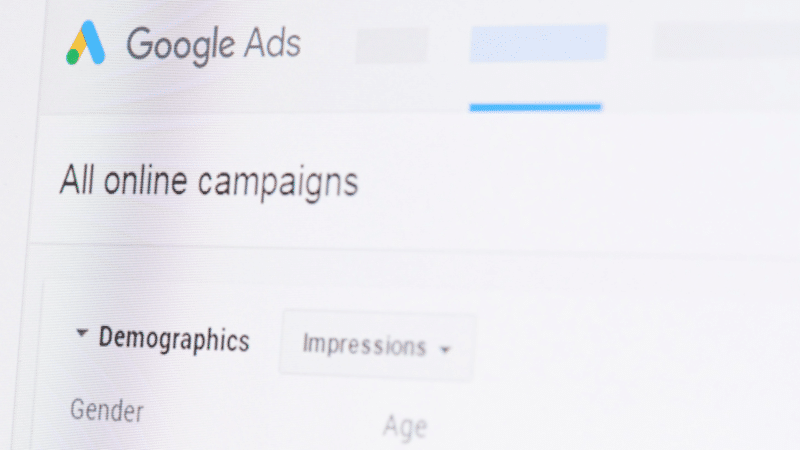
Google has quietly published and released amongst a select number of advertisers a new implementation guide for AI Max for Search campaigns, signaling a deeper push into AI-driven automation for search ads.
What’s in the guide:
- Step-by-step instructions on enabling AI Max in Smart Bidding-enabled Search campaigns.
- Details on core components:
- Search Term Matching (STM) – automates keyword targeting at the ad group level.
- Text customization (formerly Automatically created assets) – auto-generates ad copy.
- Final URL Expansion – dynamically directs searchers to the best landing page.
- Important notes on how enabling Final URL Expansion disables “pinning,” a setting some advertisers use for legal compliance.
- Best practices for URL exclusions to maintain brand safety.

Why we care. The guide details how to enable and set up AI Max for Search, a suite of new features designed to enhance campaign performance using Google’s AI. It reveals exactly how Google’s new AI Max for Search works, giving you a chance to leverage advanced automation to improve your search campaigns’ performance. By understanding and properly setting up these features, advertisers can stay ahead of the curve, maximizing reach and relevance while maintaining control over your brand.
Yes, but. The guide warns that partial adoption of AI Max’s components can hurt performance — Google wants advertisers to go “all in” for maximum impact.
As with many of Google’s automated tools, advertisers give up some control in exchange for improved performance.
Limitation. AI Max for Search isn’t yet widely available to use as it’s still in Beta.
Dig Deeper. Here is a look at the guide.

